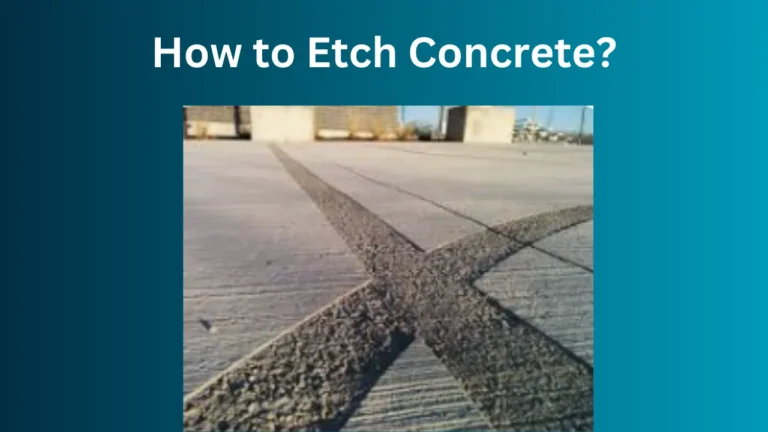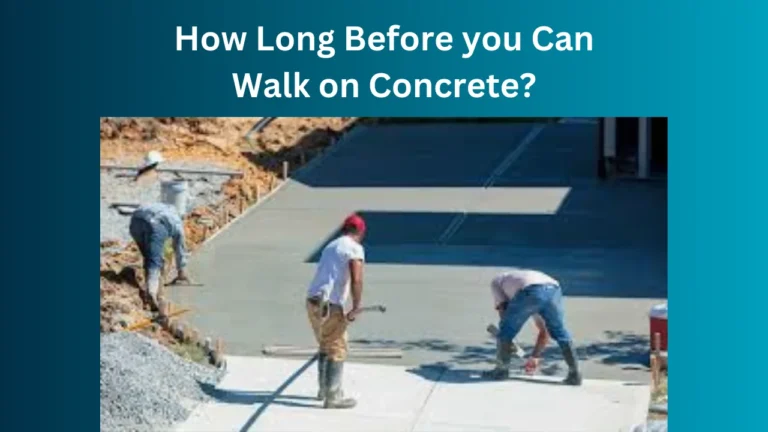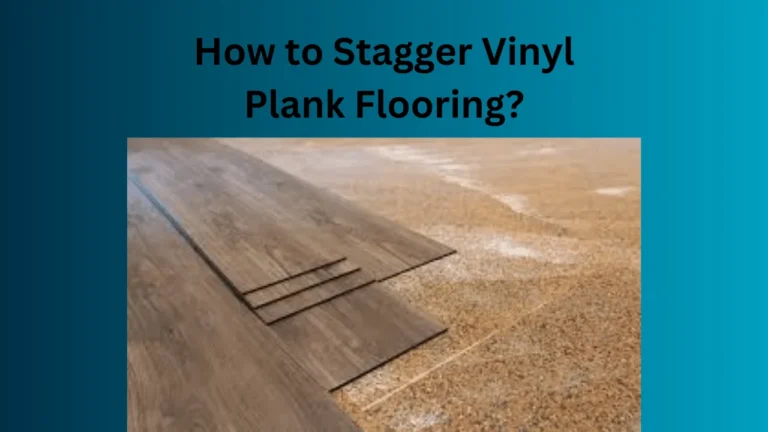How Many Bags of Concrete do I Need for a 10×10 Slab?

How Many Bags of Concrete do I Need for a 10×10 Slab? is a common question that arises when preparing to pour a concrete slab, be it for a patio, a shed foundation, or any other type of home improvement project. Budgeting and project success depend on accurately estimating the quantity of concrete needed for a 10×10 slab. Various bag weights and thickness requirements are considered in this article to help you calculate the exact number of bags of concrete you’ll need for your 10×10 slab.
Purpose of the Concrete Slab
Anyone planning to lay a 10×10 foot concrete slab, whether they are do-it-yourselfers, home improvement aficionados, or small-scale builders, will find this guide to be an invaluable resource. Knowing how to determine the appropriate quantity of concrete is essential whether you are building a garden shed, a hot tub foundation, or just a long-lasting surface in your backyard. A variety of uses could be found for this slab, all of which would necessitate meticulous craftsmanship to guarantee durability and steadiness.
Calculating Concrete Needs
Slab Dimensions
Get a good feel for the scope of the project before diving into the math. With dimensions of 10 feet in length and 10 feet in width, the surface area of a 10×10 slab is 100 square feet. How much concrete is required is directly proportional to the slab’s thickness; for most simple projects, this is 4 inches.
Volume Calculation
To find out how many bags of concrete you’ll need, measure the volume that needs to be filled. Multiplying the slab’s area by its thickness yields its volume. What this means in terms of cubic feet of concrete is around 33.33 for a typical 4-inch thickness.
Bag Size Matters
There are a variety of bag sizes available for concrete, the most common of which are 40, 60, and 80 pounds. Different sized bags produce varying amounts of concrete:
The volume that a 40-pound bag can contain is about 0.30 cubic feet.
The volume that a 60-pound bag can contain is about 0.45 cubic feet.
About 0.60 cubic feet is covered by an 80-pound bag.
Total Bags Calculation
The quantity of bags needed can be determined by adding the total volume and the yield per bag. Take 80-pound bags as an example:
Bag count equals total volume divided by bag yield.
There are about 56 bags, or 33.33 cubic feet divided by 0.60 cubic feet per bag.
Best Practices for Mixing Concrete
Consistency is Key
For a sturdy and long-lasting slab, it is essential to get the concrete mix consistency just right. If the mixture is too moist, the concrete will not hold its strength, but if it is too dry, it will not pour properly.
Mixing Techniques
The amount of concrete that needs to be mixed determines whether a concrete mixer or hand mixing is more appropriate. It is more efficient to use a mixer for a 10×10 slab.
Timing Matters
It is crucial to mix and pour the concrete quickly because it starts to set quickly. Otherwise, the concrete will set too soon.
Preparing the Slab Site
Ground Preparation
Grass, rocks, and other debris must be removed from the site as a first step. For a level slab, leveling the ground is essential.
Making a Form Constructing a form from 2x4s will aid in controlling the flow of concrete and giving the slab its final shape. Make sure the shape is stable and flat.
Reinforcement Options
The slab can be reinforced with wire mesh or rebar to increase its durability and crack resistance.
Environmental Considerations and Sustainability
Eco-Friendly Concrete Options
Lessening the industry’s negative effect on the environment is a growing priority for the construction sector. By using recycled materials in the concrete mix, such as fly ash or slag, you can lessen the impact on the environment and save money. These eco-friendly substitutes are just as strong as regular concrete without sacrificing durability.
Waste During Construction
The key to reducing waste is an accurate assessment of concrete requirements. To save money and prevent waste, count out how many concrete bags you’ll need for a 10×10 slab before you buy. To make the most of every bag, you can use the leftover concrete for little repairs around the house.
Longevity and Maintenance
A long-lasting concrete slab is an additional example of eco-friendly construction. There will be less demand for materials and labor due to fewer repairs and replacements needed for a well-constructed slab over its lifetime. Concrete lasts longer, looks better, and continues to serve its purpose with regular maintenance like crack sealing and surface resealing.
Techniques and Tips for Perfect Results
Using Additives for Enhanced Performance
If you want your concrete mix to last longer, cure faster, or be more resistant to weather, try adding some additives. To avoid weakening the concrete by adding more water, a plasticizer can make the mixture more workable.
Temperature and Weather Considerations
The temperature must be just right for concrete to cure. Using warm water in the mixture when the weather is cold or covering the slab with a tarp when it’s hot are two examples of the special considerations that are necessary when pouring concrete in extremely hot or cold weather. Your concrete slab’s strength and finish are greatly affected by the timing.
Smooth Finish
Finishing the concrete correctly is critical for a surface that is both aesthetically pleasing and functional. Thorough techniques like trowelling and bull floating are essential for a smooth finish and leveling the surface right after pouring. Concrete is more likely to cure uniformly and reach its full strength when a curing compound is added.
Safety Precautions
Personal Protective Equipment
Protect yourself from chemical burns, skin irritation, and respiratory problems by wearing the right safety gear when working with concrete. For your safety while working with concrete, always wear long pants, gloves, long sleeves, goggles, and a face mask.
Mixing Techniques
Always use a level surface and a sturdy mechanical mixer to avoid slips and falls. In accordance with the manufacturer’s instructions, you should never reach into a mixer that is in motion.
Handling and Storage of Concrete Bags
Avoid exposing bags of concrete to moisture by storing them in a dry, covered area. To prevent waste and spills caused by unintentional tears, bags must be handled with care.
FAQs
Q1: How many 60 lb bags of concrete do I need for a 10×10 slab?
For a 10×10 slab at 4 inches thick, you would need about 73 bags of 60-pound concrete.
Q2: What is the best concrete mix for a backyard slab?
A general-purpose mix, like a 3000 PSI concrete mix, is typically sufficient for backyard slabs, providing a good balance of strength and workability.
Q3: How long does it take for a 10×10 concrete slab to cure?
Concrete generally takes about 28 days to fully cure, but it can support light foot traffic after about 48 hours.
Q4: How deep should the gravel base be for a 10×10 concrete slab?
A gravel base for a concrete slab should typically be about 4 to 6 inches deep to provide proper drainage and support.
Q5: Can I pour concrete for a slab in the rain?
It is not recommended to pour concrete in heavy rain as water can alter the water-cement ratio, weakening the concrete.
Conclusion
A concrete slab must be laid with meticulous preparation and precision. Your 10×10 slab will last longer if you take the time to learn all of the specific requirements and make all of the necessary preparations. If you want your project to look professional and stay within budget, you need to know exactly How Many Bags of Concrete do I Need for a 10×10 Slab?

Shannon Reyes is a seasoned writer with a knack for crafting engaging blogs on a variety of service industries, including plumbing, cleansing, moving, pest control, and roofing. With a keen eye for detail and a passion for helping readers navigate complex topics, Shannon brings her expertise to life through informative and accessible content.






